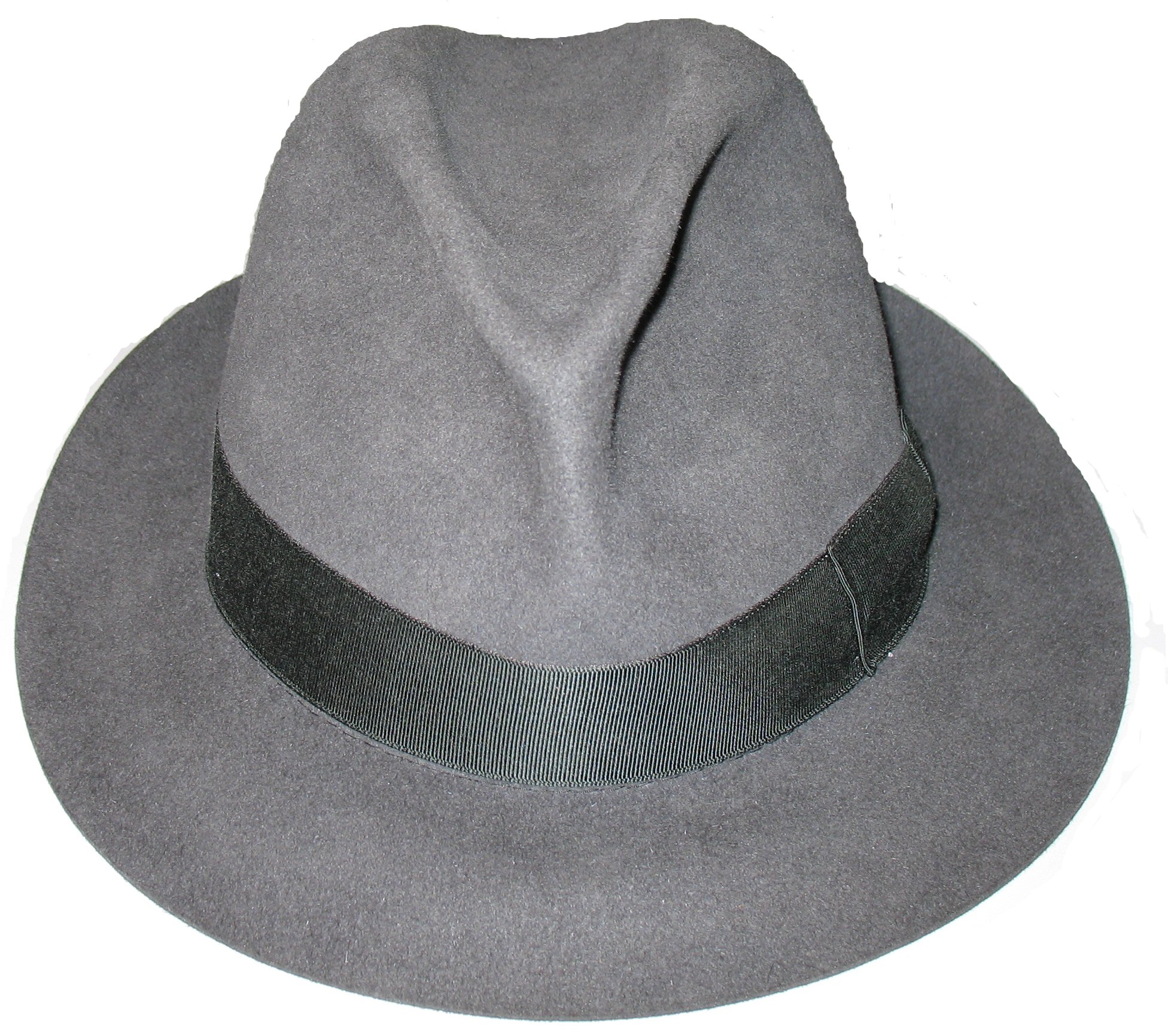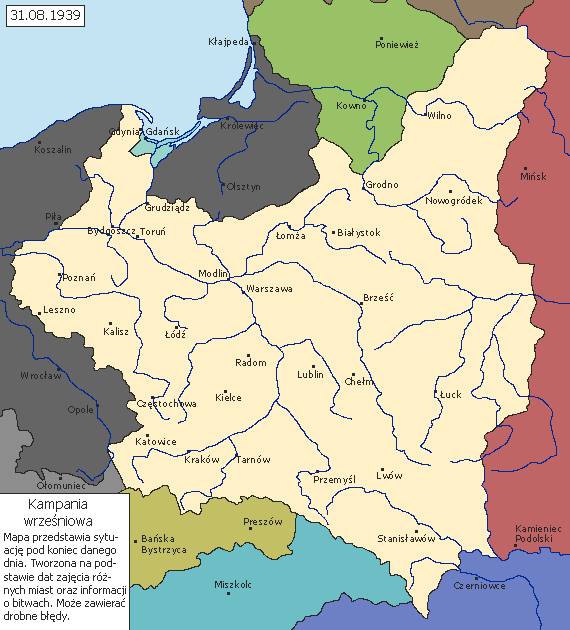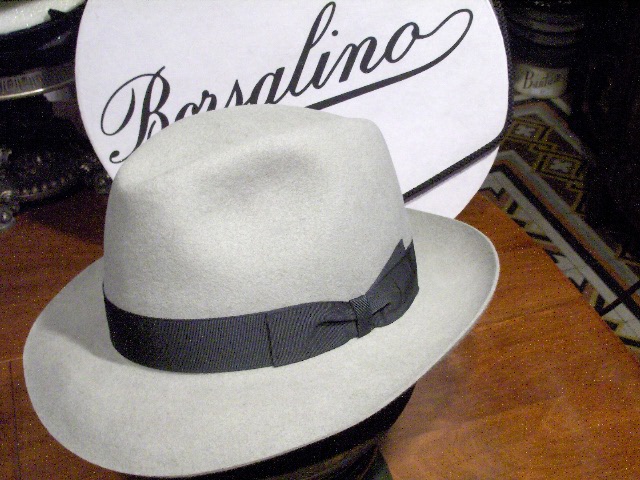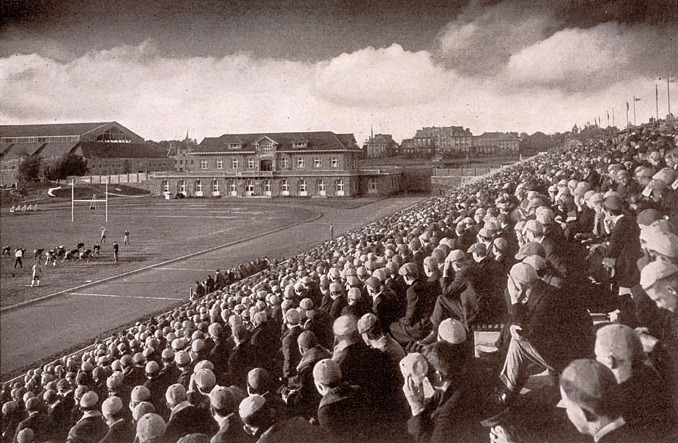|
Whoopee Cap
A whoopee cap is a style of headwear popular among youths in the mid 20th century in the United States. It was often made from a man's felt fedora hat with the brim trimmed with a scalloped cut and turned up. In the 1920s and 1930s, such caps usually indicated the wearer was a mechanic. The headwear can often be seen worn in the films of the Dead End Kids. It is also referred to as a Jughead hat (so named after comic book character Jughead Jones, for whom the hat became an iconic piece), palookaville cap, devils cap, clubhouse hat, dink cap, rat cap, or Kingpin. See also * Fedora * Beanie Beanie may refer to: Headgear * Beanie (seamed cap), in parts of North America, a cap made from cloth often joined by a button at the crown and seamed together around the sides * Beanie, a knit cap, in Britain, Australia, South Africa and parts of ... References {{Hats Hats ... [...More Info...] [...Related Items...] OR: [Wikipedia] [Google] [Baidu] |
George Lindsey 1970
George may refer to: People * George (given name) * George (surname) * George (singer), American-Canadian singer George Nozuka, known by the mononym George * George Washington, First President of the United States * George W. Bush, 43rd President of the United States * George H. W. Bush, 41st President of the United States * George V, King of Great Britain, Ireland, the British Dominions and Emperor of India from 1910-1936 * George VI, King of Great Britain, Ireland, the British Dominions and Emperor of India from 1936-1952 * Prince George of Wales * George Papagheorghe also known as Jorge / GEØRGE * George, stage name of Giorgio Moroder * George Harrison, an English musician and singer-songwriter Places South Africa * George, Western Cape ** George Airport United States * George, Iowa * George, Missouri * George, Washington * George County, Mississippi * George Air Force Base, a former U.S. Air Force base located in California Characters * George (Peppa Pig), a 2-year-old pig ... [...More Info...] [...Related Items...] OR: [Wikipedia] [Google] [Baidu] |
Fedora
A fedora () is a hat with a soft brim and indented crown.Kilgour, Ruth Edwards (1958). ''A Pageant of Hats Ancient and Modern''. R. M. McBride Company. It is typically creased lengthwise down the crown and "pinched" near the front on both sides. Fedoras can also be creased with teardrop crowns, diamond crowns, center dents, and others, and the positioning of pinches can vary. The typical crown height is . The term ''fedora'' was in use as early as 1891. Its popularity soared, and eventually it eclipsed the similar-looking homburg. The fedora hat's brim is usually around wide, but can be wider, can be left raw-edged (left as cut), finished with a sewn overwelt or underwelt, or bound with a trim-ribbon. ''Stitched edge'' means that there is one or more rows of stitching radiating inward toward the crown. The Cavanagh edge is a welted edge with invisible stitching to hold it in place and is a very expensive treatment that can no longer be performed by modern hat factories. [...More Info...] [...Related Items...] OR: [Wikipedia] [Google] [Baidu] |
1920s
File:1920s decade montage.png, From left, clockwise: Third Tipperary Brigade Flying Column No. 2 under Seán Hogan during the Irish War of Independence; Prohibition agents destroying barrels of alcohol in accordance to the 18th amendment, which made alcoholic beverages illegal in the United States throughout the entire decade; In 1927, Charles Lindbergh embarks on the first solo nonstop flight from New York to Paris on the Spirit of St. Louis; A crowd gathering on Wall Street after the 1929 stock market crash, which led to the Great Depression; Benito Mussolini and Fascist Blackshirts during the March on Rome in 1922; the People's Liberation Army attacking government defensive positions in Shandong, during the Chinese Civil War; The Women's suffrage campaign leads to numerous countries granting women the right to vote and be elected; Babe Ruth becomes the most famous baseball player of the time., 420px, thumb rect 1 1 298 178 Irish War of Independence rect 302 1 572 178 ... [...More Info...] [...Related Items...] OR: [Wikipedia] [Google] [Baidu] |
1930s
File:1930s decade montage.png, From left, clockwise: Dorothea Lange's photo of the homeless Florence Thompson shows the effects of the Great Depression; due to extreme drought conditions, farms across the south-central United States become dry and the Dust Bowl spreads; The Empire of Japan invades China, which eventually leads to the Second Sino-Japanese War. In 1937, Japanese soldiers massacre civilians in Nanking; aviator Amelia Earhart becomes an American flight icon; German dictator Adolf Hitler and the Nazi Party attempt to establish a New Order of German hegemony in Europe, which culminates in 1939 when Germany invades Poland, leading to the outbreak of World War II. The Nazis also persecute Jews in Germany, specifically with Kristallnacht in 1938; the '' Hindenburg'' explodes over a small New Jersey airfield, causing 36 deaths and effectively ending commercial airship travel; Mohandas Gandhi walks to the Arabian Sea in the Salt March of 1930., 410px, thumb rect 1 1 ... [...More Info...] [...Related Items...] OR: [Wikipedia] [Google] [Baidu] |
Dead End Kids
The Dead End Kids were a group of young actors from New York City who appeared in Sidney Kingsley's Broadway play ''Dead End'' in 1935. In 1937, producer Samuel Goldwyn brought all of them to Hollywood and turned the play into a film. They proved to be so popular that they continued to make movies under various monikers, including the Little Tough Guys, the East Side Kids, and the Bowery Boys, until 1958. History (1934–1939) In 1934, Sidney Kingsley wrote a play about a group of children growing up on the streets of New York City. Fourteen children were hired to play various roles in the play, including Billy Halop (Tommy), Bobby Jordan (Angel), Huntz Hall (Dippy), Charles Duncan (Spit), Bernard Punsly (Milty), Gabriel Dell (T.B.), and Leo and David Gorcey (Second Avenue Boys). Duncan left for a role in another play before opening night, and was replaced by Leo, his understudy. Leo had been a plumber's assistant and was originally recruited by his brother David to audi ... [...More Info...] [...Related Items...] OR: [Wikipedia] [Google] [Baidu] |
Jughead Jones
Forsythe Pendleton "Jughead" Jones III is one of the fictional characters created by Bob Montana and John L. Goldwater in Archie Comics who first appeared in the first Archie story, from ''Pep Comics'' #22 (December 1941). He is the drummer of the Archies and is a son of Forsythe Pendleton Jones II; in one of the early Archie newspaper comic strips, he is identified as John Jugworth Jones III (and in one strip, likely due to a continuity error, as Forsythe Van Jones). He has a white sheepdog named Hot Dog and a younger sister, Forsythia "Jellybean" Jones. Jughead (shortened to Jug or Juggie) is the best friend of vocalist/guitarist Archie Andrews. Jughead is a smart, sharp-tongued, laid-back, and eccentric high school student. He is obsessed with eating food and in some storylines is asexual. Most see him as being lazy. He can be identified by his long nose, half-closed eyes, "S" sweatshirt, and whoopee cap (a crown-like warped and trimmed fedora hat). Jughead is portrayed by C ... [...More Info...] [...Related Items...] OR: [Wikipedia] [Google] [Baidu] |
Fedora
A fedora () is a hat with a soft brim and indented crown.Kilgour, Ruth Edwards (1958). ''A Pageant of Hats Ancient and Modern''. R. M. McBride Company. It is typically creased lengthwise down the crown and "pinched" near the front on both sides. Fedoras can also be creased with teardrop crowns, diamond crowns, center dents, and others, and the positioning of pinches can vary. The typical crown height is . The term ''fedora'' was in use as early as 1891. Its popularity soared, and eventually it eclipsed the similar-looking homburg. The fedora hat's brim is usually around wide, but can be wider, can be left raw-edged (left as cut), finished with a sewn overwelt or underwelt, or bound with a trim-ribbon. ''Stitched edge'' means that there is one or more rows of stitching radiating inward toward the crown. The Cavanagh edge is a welted edge with invisible stitching to hold it in place and is a very expensive treatment that can no longer be performed by modern hat factories. [...More Info...] [...Related Items...] OR: [Wikipedia] [Google] [Baidu] |
Beanie (seamed Cap)
In the United States, a beanie is a head-hugging brimless cap, sometimes made from triangular panels of material joined by a button at the crown and seamed together around the sides. Beanies may be made of cloth, felt, wool, leather, or silk. In many US regions and parts of Canada the term "beanie" refers to a knitted cap (often woollen), alternately called a "stocking cap" or (especially in Canada) a "toque". Styles One popular style of the beanie during the early half of the twentieth century was a kind of skullcap made of four or six felt panels sewn together to form the cap. The panels were often composed of two or more different contrasting colors to give them a novel and distinctive look. This type of beanie was also very popular with some colleges and fraternities, as they would often use school colors in the different panels making up the headgear. Another style of beanie was the whoopee cap, a formed and pressed wool felted hat, with a flipped up brim that formed a ... [...More Info...] [...Related Items...] OR: [Wikipedia] [Google] [Baidu] |

_-_Fondo_Marín-Kutxa_Fototeka.jpg)




